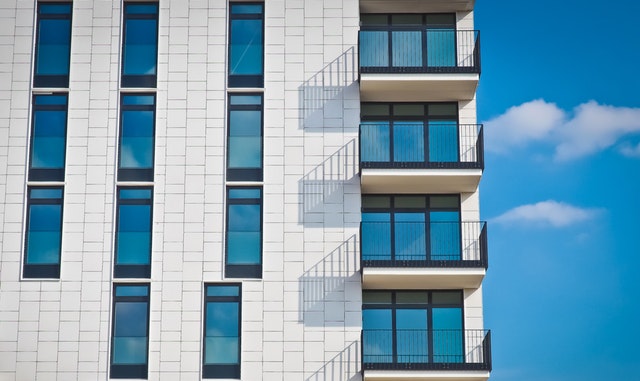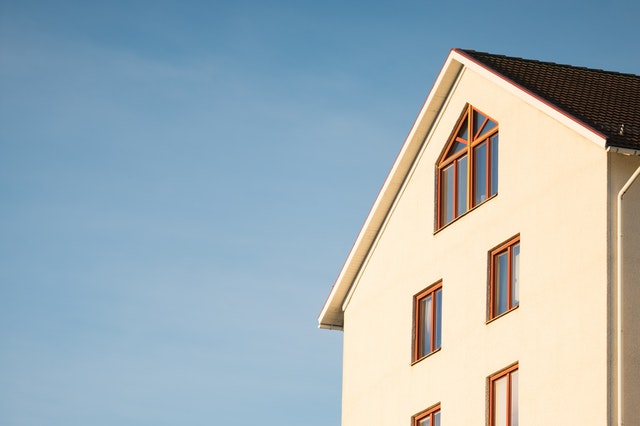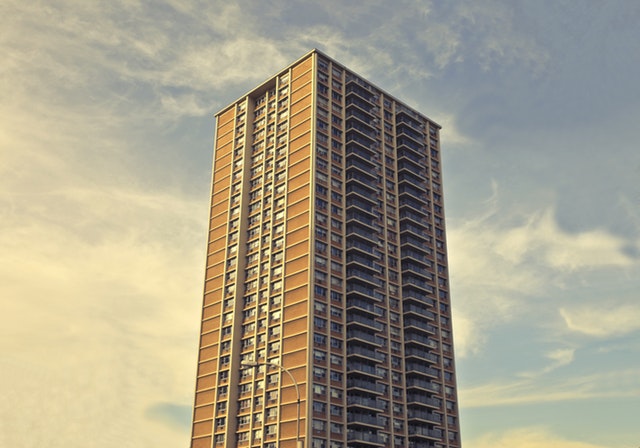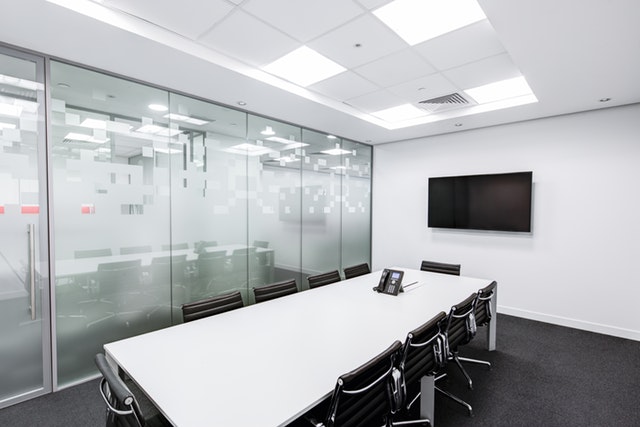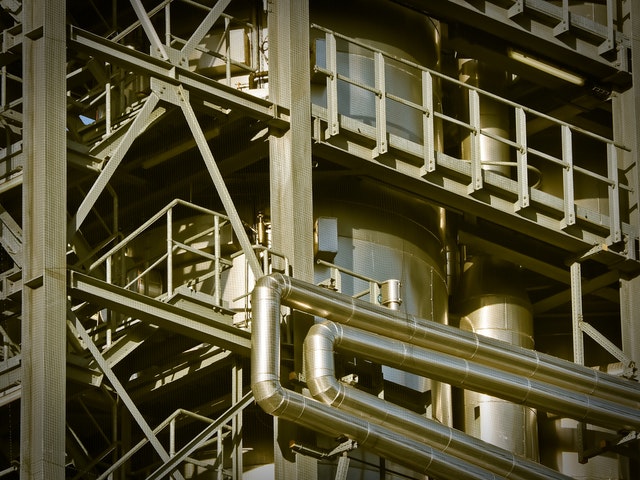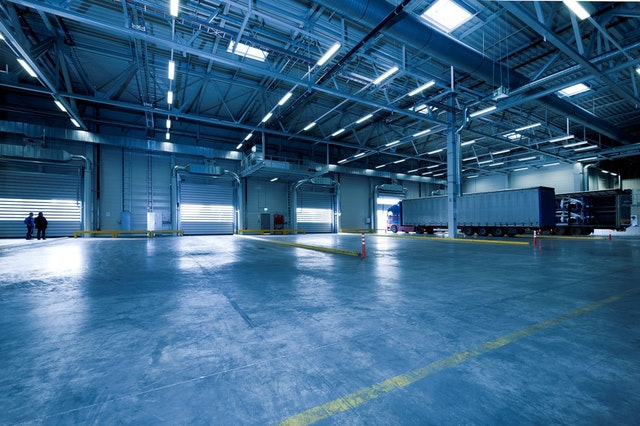It is difficult for apartment buyers to assess the energy efficiency of buildings
The low level of awareness of Latvian residents about important aspects of energy efficiency of buildings prevents housing seekers from objectively evaluating new apartments and their operating costs, according to the information available to the real estate developer “Kaamos”. According to the latest construction regulations, stricter energy efficiency requirements must be met by all newly built multi-apartment buildings, however, in practice, their performance in long-term operation can be very different. “Currently, unfortunately, most of the new projects in Latvia are built according to energy efficiency requirements, which correspond to C or, at best, B energy efficiency class. Therefore, buyers do not have much comparative information and practical experience for living in near-zero energy buildings. However, in terms of engineering solutions and aspects of comfort, they have much better energy efficiency indicators than C or B class houses,” says Andris Vulāns, an independent expert in the field of building energy efficiency. In nearly zero-energy multi-apartment buildings, the energy efficiency index for heating corresponds to class A, the total primary energy consumption for heating, hot water supply, mechanical ventilation, cooling and lighting is no more than 95 kilowatt hours per square meter per year. In real life, this means that in the apartments of almost zero-energy buildings, ventilation is provided by a recuperation system, which uses the warm indoor air to warm the cool intake air in winter. This allows not only to reduce heating bills in winter, but at the same time it also prevents humidity, lack of air and the problems caused by them in the premises. Equipping a building with solar panels uses renewable energy that does not create emissions and waste, and helps save resources. On the other hand, to ensure a uniform and comfortable temperature in the home, you can install underfloor heating, which has lower overall operating costs. “If the heat energy consumption of a building built during the Soviet era is approximately 150 kilowatt hours per square meter, then the consumption of a new apartment building with almost zero energy should not be more than 40 kilowatt hours per square meter. Accordingly, the payment for thermal energy is also lower,” explains A. Vulāns. In addition, in almost zero energy buildings, the microclimate is better even in the coldest season of the year, and the need for connecting the heating is at least a month later than in houses of lower energy efficiency classes. “Currently, it is very important for a home buyer or an office tenant to keep track of the building’s energy consumption. People are now also starting to look at the total cost of ownership, or the total cost of operating the premises, which includes not only the amount of the apartment purchase and the corresponding monthly loan payment, but also the expenses for communal services,” says Mārtiņš Vanags, chairman of the board of the Real Estate Developers Alliance (NĪAA). In many places in Europe, it is the norm that, for example, in advertisements for renting or buying apartments, the energy efficiency class of the home is indicated as a mandatory criterion. There is no such practice in Latvia yet. One of the almost zero-emission multi-apartment building projects currently under construction in Riga is “Moho Park” in Mežapark. In it, the energy efficiency of both buildings has been supplemented with 30 solar panels placed on the roof of each building, the electricity produced will power the common engineering systems.
The apartments in these buildings will have underfloor heating with a separate meter in each apartment, which allows you to control your heat energy consumption, windows with a triple-glazed package that provides sound insulation, as well as individual ventilation equipment – recuperators with a heat recovery function for a healthy microclimate and lower bills. “In general, the average buyer in Latvia is not well informed about the energy efficiency classes of buildings and their differences. This applies both to the level of comfort in the apartment, the possibility to regulate your own heat energy consumption, and the amount of utility bills. Therefore, before buying an apartment, we invite you to make sure that the chosen building uses thermal insulation, heating, construction materials and glazing solutions that allow you to live as cost-effectively as possible and, of course, comfortably, says Laura Ozola, Sales Specialist of Kaamos Real Estate. In order to reduce housing bills in the long term, experts recommend getting acquainted with the technical solutions of the entire multi-apartment building before buying an apartment, evaluating them together with a specialist if necessary, as well as paying attention to the existence of a mechanical ventilation system with recuperation and its efficiency indicators.
About the Kaamos group
Kaamos Group is an Estonian capital company founded in 2002 and engaged in real estate development, construction, woodworking, green energy, as well as investing in startups. In the real estate segment, Kaamos Group has built and manages 80,000 square meters of leased space, including 55,000 square meters of office space and a 25,000 square meter Depo store in Tallinn. Group companies operate in Estonia, Latvia and Belarus, employing a total of more than 350 employees. At the end of 2021, the amount of assets of the group companies was 247 million euros, equity – 139.9 million euros.

